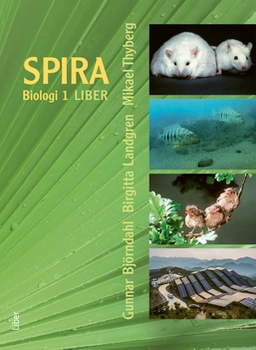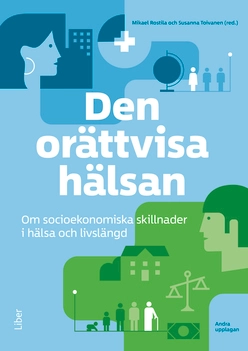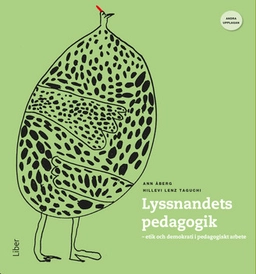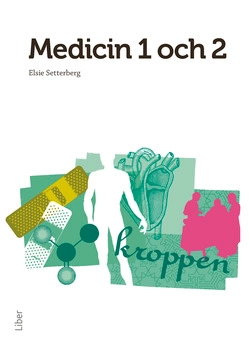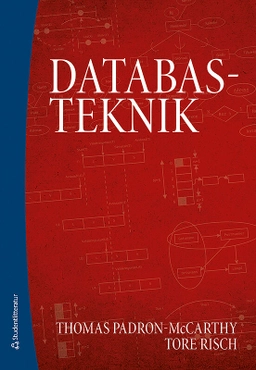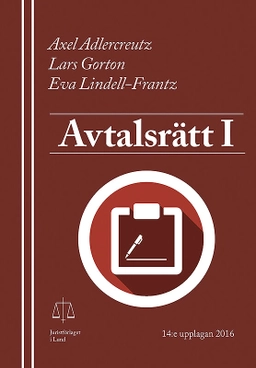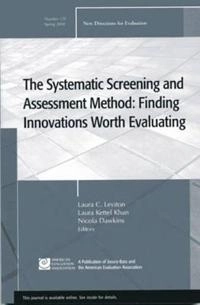

The Systematic Screening and Assessment Method: Evaluation, Number 125, SprUpplaga 1
- Upplaga: 1a upplagan
- Utgiven: 2010
- ISBN: 9780470623060
- Sidor: 136 st
- Förlag: John Wiley & Sons
- Format: Häftad
- Språk: Engelska
Om boken
Åtkomstkoder och digitalt tilläggsmaterial garanteras inte med begagnade böcker
Mer om The Systematic Screening and Assessment Method: Evaluation, Number 125, Spr (2010)
I juni 2010 släpptes boken The Systematic Screening and Assessment Method: Evaluation, Number 125, Spr skriven av Oddbjörn Evenshaug. Det är den 1a upplagan av kursboken. Den är skriven på engelska och består av 136 sidor. Förlaget bakom boken är John Wiley & Sons som har sitt säte i Hoboken.
Köp boken The Systematic Screening and Assessment Method: Evaluation, Number 125, Spr på Studentapan och spara pengar.
Referera till The Systematic Screening and Assessment Method: Evaluation, Number 125, Spr (Upplaga 1)
Harvard
Oxford
APA
Vancouver

